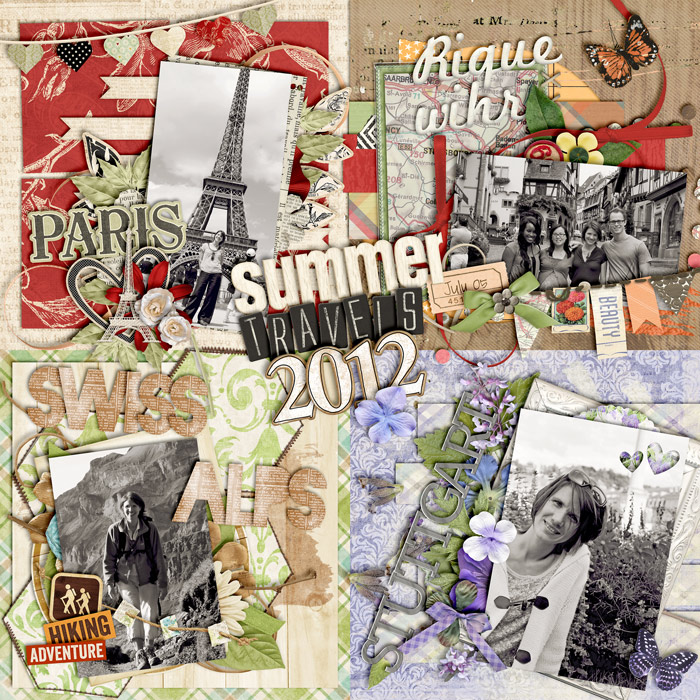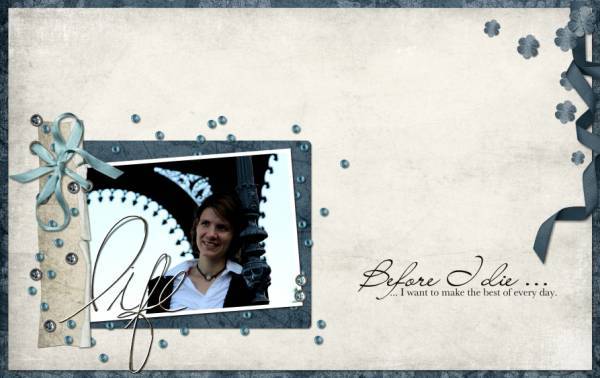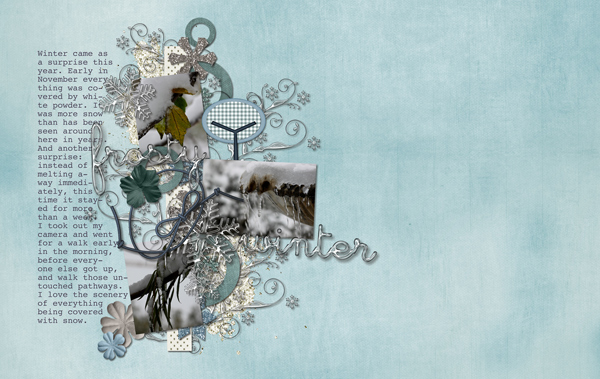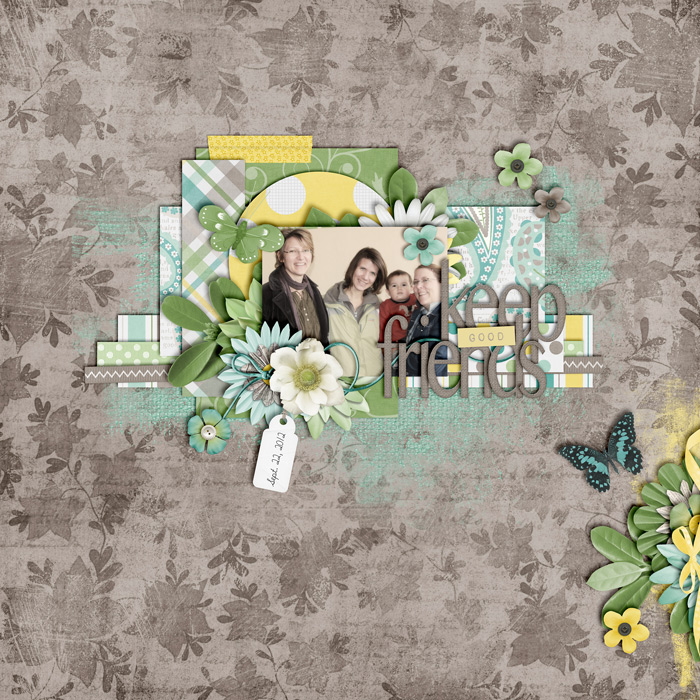Tons of people dream of getting a spot on various CTs for their favorite designers. Some people’s dreams come true, others still wait for them to be discovered. If you’re someone whose just started out on digital scrapbooking recently, I may offer you a piece of advice: be patient.
Developing your scrapbooking skills takes time. It also takes determination and a desire to do the job well. There are various skills a digital scrapbooker needs to develop in order to make a page interesting and looking well.
If you desire to improve your scrapbooking skills, don’t neglect those areas:
- Composition
It’s a major part of a scrapbooking page. If you just scatter things randomly on a page, chances are that it probably will look like that: a simple scattering of elements and stuff. Nothing to draw the eye. Anyone involved with art, however, will know that our eyes wander, and by the way we position things on our page, we can give our eyes direction, and make them wander on purpose – there’s a flow. If you’ve never learned anything about composition, my advice to you is: find yourself a couple of tutorials and read up on composition. There’s tons to learn which can really make a difference, and the internet is a great source for tutorials and information. - Color
Color is another major aspect in scrapbooking. After all, we’re playing around with papers and patterns, and they usually come with colors. Of course, you’ll probably work with a scrapbooking kit (which usually comes color coordinated already), but even understanding how to ensure you choose the right scrapbooking products to go with the colors of your photo can make a big difference in how your page will look. - Techniques
When scrapping digitally, you also need to make sure you know your graphic software well. A good understanding of how your software works (or lack thereof) will make or break your page. Really. Major techniques you really shouldn’t neglect to develop include shadowing, sizing, and saving your images. Things need to stay in proportion to look realistic. Study shadows in your home and find a couple of tutorials on shadowing, or else your page will look flat or completely overdone! Saving … if your pages are all blurry, no one will care to look at them. Sooo, work on your software skills to develop a couple of good techniques. - Journaling & Titles
These two are sometimes more neglected. But a great page (and one that you’ll appreciate in years to come) is one in which you’ve spent some thought on how to do your titles and journal about the events on the photo. If you’re looking for someone with great title work, you may want to check out Cindy Schneider’s gallery at sweetshoppe.com. - Additional Products
Products in addition to a scrapbooking kit are a great way to add some extra bling to your page. Additional products I invested in were stitches and alphas, among other things. Brushes, too, can be a great extra (and there’s tons of free brushes on the internet).
And of course: be patient with yourself. Have fun scrapping – it’s about preserving your memories, after all, isn’t it?
In the end, allow me to dig deep into the recesses of my digiscrapping history to show you my progression and the developments I made in digiscrapping.
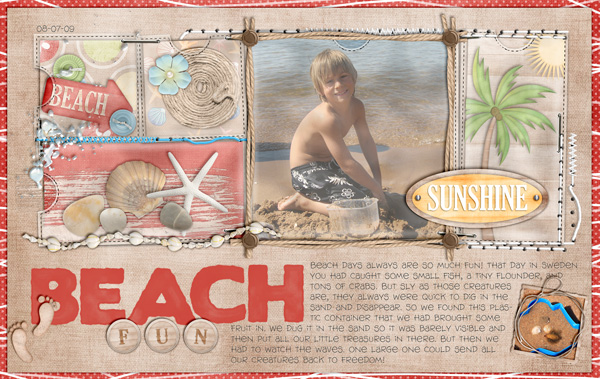
|
The key: patience. Don’t give up and always keep working on improving your skills.
Tipp:
Scraplifting has helped me early on to develop my skills. I just lifted tons of pages, and through that learned from other great scrappers, and because of that, pretty early, I already was able to create a couple of pages that even today I don’t find all that hideous (as I think about most of my other early works), lol.

